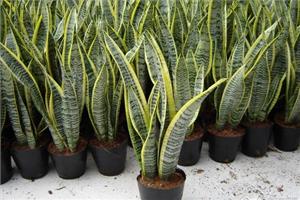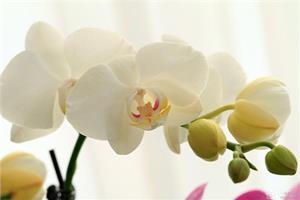Culture methods of goldfish algae
Goldfish algae is a submerged aquatic plant of the genus Ceratophyllum and perennial herbs. it grows in the still water of small lakes for many years and can be used as feed for pigs, fish and poultry all over the world. So how to raise goldfish algae, what are the matters needing attention in the cultivation of goldfish algae?
What is goldfish algae?
Goldfish algae, also known as fine grass or fish grass, is a perennial herb submerged aquatic plant of the genus Chrysophyllaceae. This plant looks very green, the whole plant is dark green, there are many branches, can blossom, flowering period is about June to July. The flowers of goldfish algae are very small, look very cute, and are unisexual flowers, that is to say, flowers are monoecious or dioecious. After flowering, plants enter the fruiting stage, and goldfish algae bear fruit around August to October.
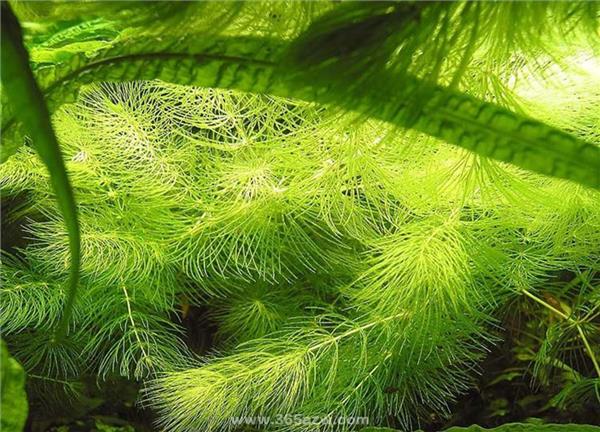
Morphological characteristics of goldfish algae
Goldfish algae is a perennial submerged herb; the stem is 40-150 m long, smooth, branched. Leaves 4-12 whorled, 1-2 bifurcate, lobes filiform, or filiform strip, 1.5-2 cm long, 0.1-0.5 mm wide, apex whitish cartilage, margin only with several denticulate. Flowers ca. 2 mm in diam.; bracts 9-12, striate, 1.5-2 mm long, light green, transparent, apex with 3 teeth and purplish hairs; stamens 10-16, slightly dense; ovary ovate, style subulate. Nuts broadly elliptic, 4-5 mm long, ca. 2 mm wide, black, smooth, margin wingless, with 3 spines, terminal thorn (persistent style) 8-10 mm long, apex hooked, base 2 thorns obliquely extended downward, 4-7 mm long, apex tapering into spines. The florescence of goldfish algae is from June to July and the fruiting period is from August to October.
How to raise goldfish algae
Goldfish algae is rootless and the whole plant is submerged in water, so its growth is closely related to light. When the water is too turbid and there is less light in the water, it does not grow well, but it can still grow again when the water is clear and permeated into the sun. The growth is slower under the light intensity of 2% to 3%. Under 5% to 10% light intensity, it grows rapidly, but strong light will kill the goldfish algae. Goldfish algae can grow normally in weak alkali environment, and it is most suitable in water with pH 7.6-8.8.
Goldfish algae like nitrogen, and grow well when the content of inorganic nitrogen in water is high.
First of all, goldfish algae cultivation is suitable for dense rather than sparse. If breeders want to get high yield and lack of basic seedlings, it will be difficult to increase the yield. Generally speaking, in order to cultivate this kind of aquatic plant, it is appropriate to transplant 200 canopies per mu of water.
Secondly, in the process of breeding, fertilizer should be fat rather than thin. If you choose those barren water where you can't raise fish and shrimp, grow goldfish algae. These inferior waters should remove water moss and other weeds before planting, and then apply 25 kg of calcium superphosphate per mu of water as base fertilizer and less nitrogen fertilizer to prevent green algae from occupying the water surface. And then planting goldfish algae.
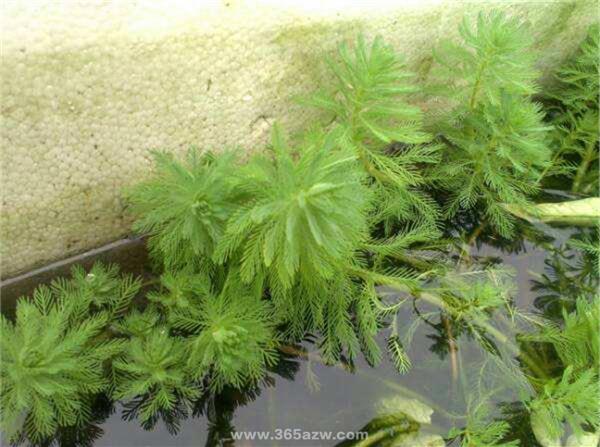
Third, the waters where goldfish algae are planted should not be too deep, and it is most appropriate to keep them within 1 meter. Because, if the water is too deep, there will be fewer coarse leaves, which will greatly reduce the yield and the utilization rate of aquatic plants, thus reducing the commercial value of planting goldfish algae.
In addition, under normal circumstances, it takes 50 days from the planting of goldfish algae to the first harvest. In the process of harvesting, we need to pay attention to pick up the stick and shake it, turn it 4-5 times in the water, and lift the stick up with both hands. The time of the second harvest should be 30 days later, and the third harvest should be only a few days apart.
Matters needing attention in goldfish and algae culture
1. Water quality requirements: goldfish algae has strong adaptability and can survive in a weak alkali environment, but the most suitable environmental water quality requirement for its growth is that the PH value is between 7.6 and 8.8, so the water quality of cultured goldfish algae must meet this requirement.
2, air requirements: goldfish algae like nitrogen very much, when the content of inorganic nitrogen in the surrounding water is relatively high, the growth of plants will become very good, so we should pay attention to the air supply in the fish tank.
3. The timing is appropriate: usually, the growth rate of goldfish algae is not very fast, and fish need to eat goldfish algae for growth, so only when the goldfish algae grow to a certain extent can they be put into the fish tank for culture.
4. light demand: plants can not grow without light, even aquatic plants are the same, and goldfish algae are very used to it, and sufficient light is more conducive to its growth, so it is best to put it in a place with better light during the culture period.
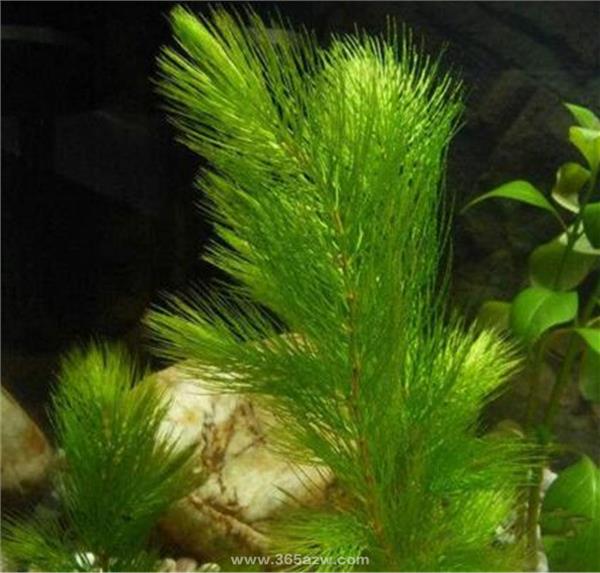
5, adequate fertilizer: goldfish algae growth needs adequate nutrition supply, so the fertilizer should be fat and not thin in the process of culture, so it is best not to mix with other weeds during the culture period, fertilization should be timely, nitrogen fertilizer should be less.
6. temperature note: although goldfish algae do not have high requirements for water temperature, plants are actually quite sensitive to ice and cold, so the water for raising it must be careful not to be ice water, otherwise goldfish algae are likely to freeze to death.
Related
- Wuhan Hospital Iron Tree Blooming Result Was Instantly Frightened by the Gardener Master
- Which variety of camellia is the most fragrant and best? Which one do you like best?
- What is the small blue coat, the breeding methods and matters needing attention of the succulent plant
- Dormancy time and maintenance management of succulent plants during dormancy
- Minas succulent how to raise, Minas succulent plant pictures
- What are the varieties of winter succulent plants
- How to raise succulent plants in twelve rolls? let's take a look at some experience of breeding twelve rolls.
- Attention should be paid to water control for succulent plants during dormant period (winter and summer)
- Watering experience of twelve rolls of succulent plants
- Techniques for fertilizing succulent plants. An article will let you know how to fertilize succulent plants.


